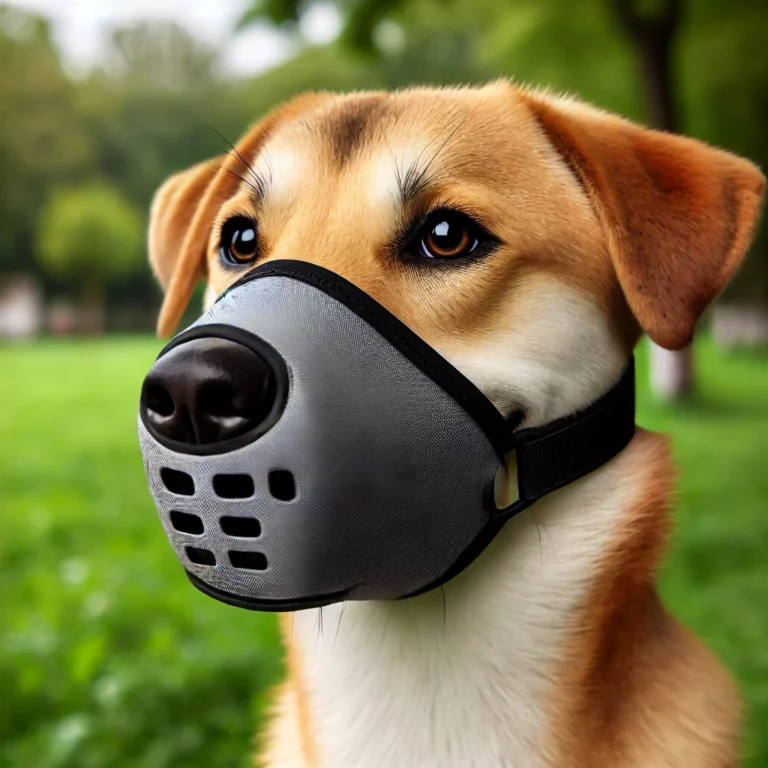Discovering that your dog is afraid of bicycles can turn walks into stressful situations for both the owner and the pet. Aggression towards bicycles poses a risk to the safety of both the dog and cyclists. Understanding the reasons behind this fear is crucial to addressing the issue effectively. This guide offers insights into the potential causes of canine bicycle fear and outlines progressive steps to help your furry friend overcome this anxiety.
Common Causes of Canine Fear of Bicycles: Understanding the reasons behind a dog’s fear of bicycles is the first step in addressing the issue. Common causes include:
- Unfamiliar Environment: Dogs new to urban settings may find the noise and rapid movement of bicycles distressing.
- Instinctive Reaction: Some dogs, particularly those bred for hunting, may see bicycles as prey and exhibit a chasing instinct.
- Territoriality: Dogs may bark at bicycles near their home, perceiving them as potential invaders of their space.
- Stress or Anxiety: Dogs experiencing stress or anxiety may manifest fear towards bicycles as a behavioral reflection.
Progressive Steps to Overcome Canine Fear of Bicycles: Addressing canine fear of bicycles requires a gradual and patient approach. Here are progressive steps to help your dog overcome this fear:
- Prevent Approach: Initially, keep bicycles at a distance to reduce reactivity levels. Adjust routes or departure times to minimize exposure.
- Leash Training: Keep your dog on a leash until you are confident it won’t chase after bicycles. Leash training may take time for your dog to adapt.
- Distraction Techniques: Distract your dog when a cyclist passes by using commands or engaging activities. Avoid static exercises and opt for interactive distractions.
- Exposure with Rewards: Gradually expose your dog to bicycles, increasing exposure time as reactivity decreases. Reward your dog for calm behavior, avoiding punishment for fear.
- Seek Assistance: Enlist the help of someone with a bicycle to aid in the exposure process. Allow the dog to inspect the bicycle, associating it with positive experiences.
- Professional Guidance: If needed, consult a dog trainer for personalized assistance. A professional can offer tailored solutions and guidance throughout the desensitization process.
Conclusion: Canine fear of bicycles can be successfully addressed through a patient and progressive approach. By understanding the potential causes and implementing structured exposure accompanied by positive reinforcement, owners can help their dogs overcome this fear. Seeking professional assistance may be advisable for more challenging cases, ensuring the safety and well-being of both the dog and the community.



